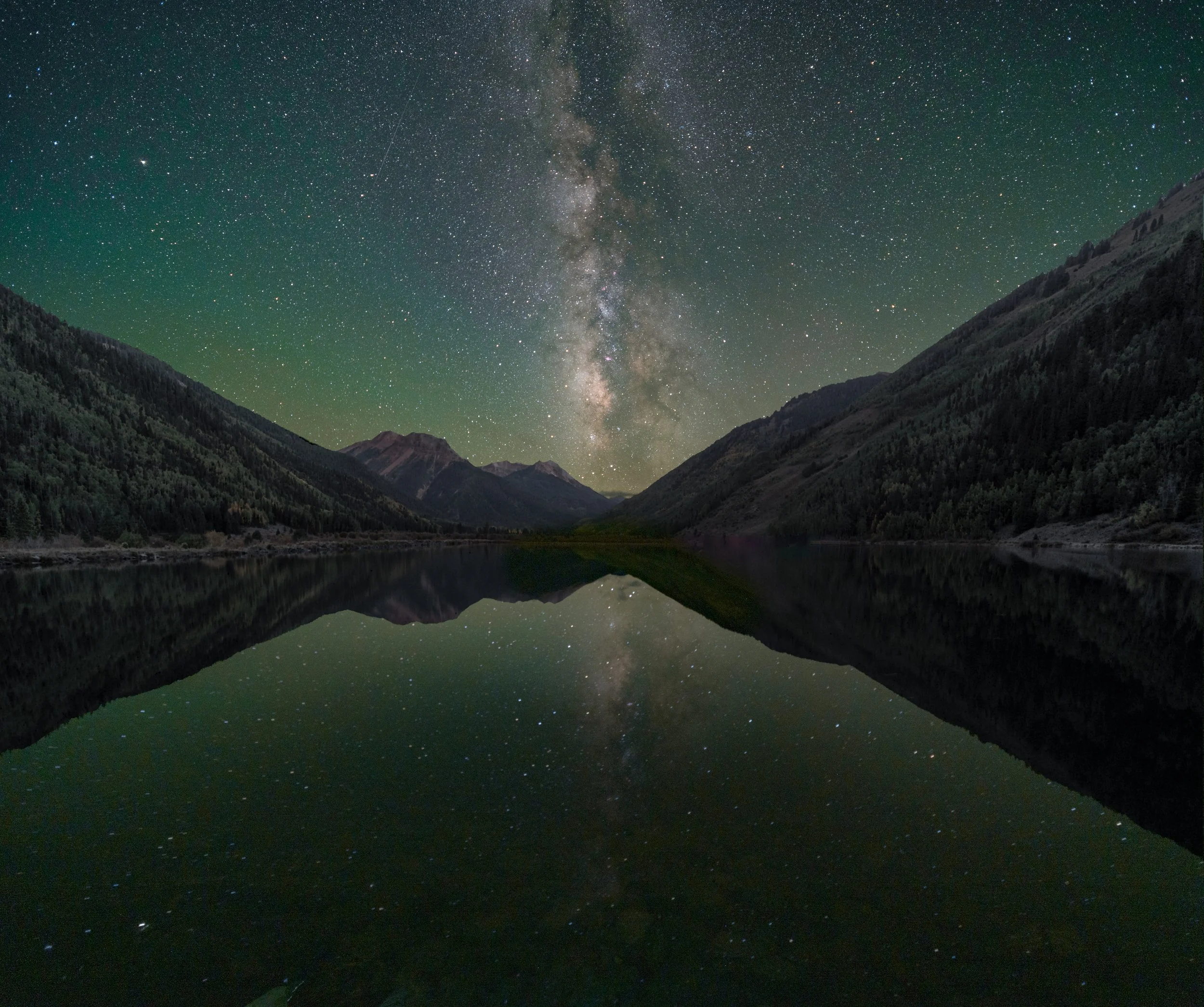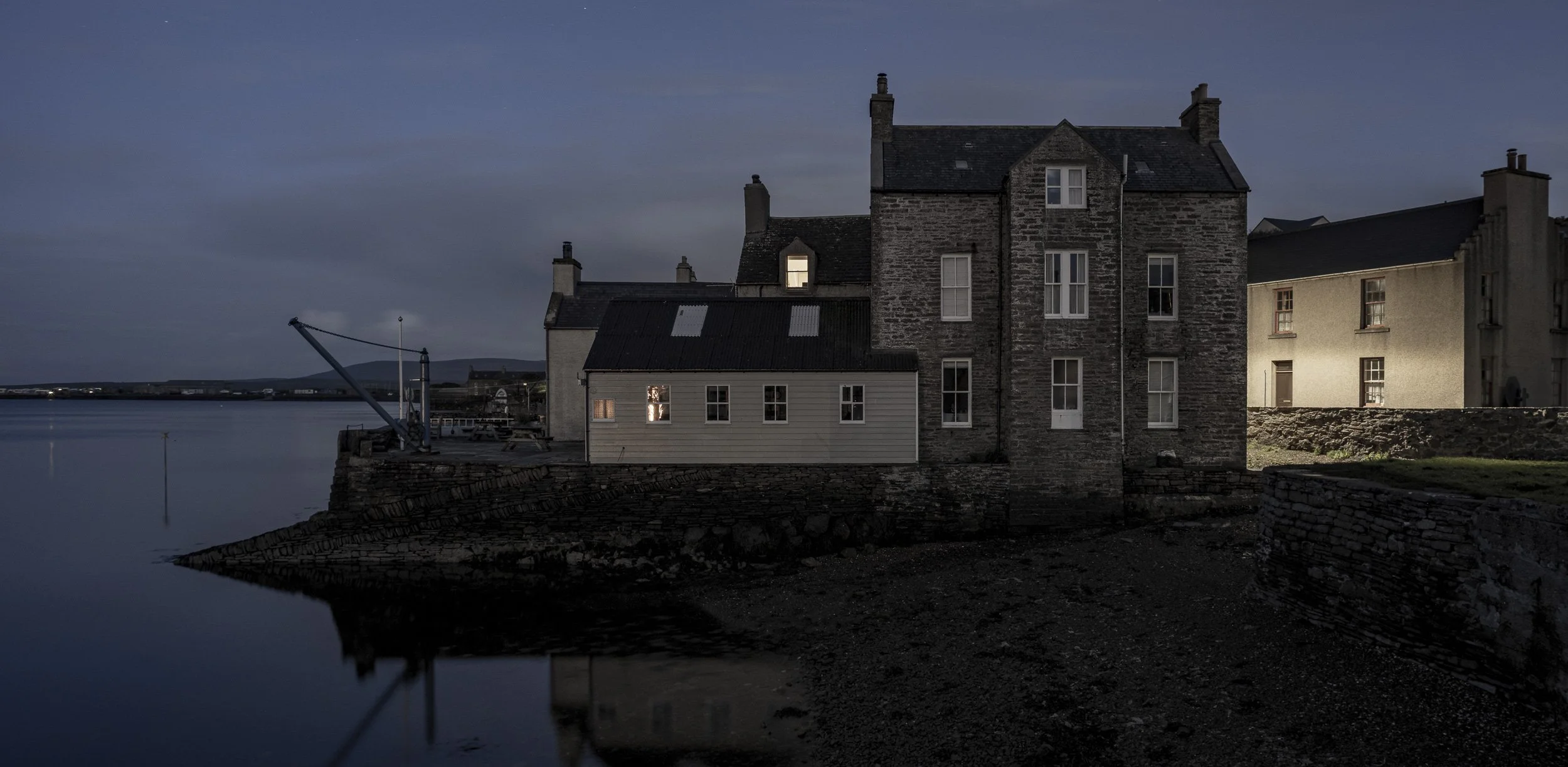Header photo credit: Night sky at Owachomo Bridge (NPS/Jacob W. Frank)
THE PROBLEM
I am horrified by mentions of how careless individuals mistreat natural features in national parks. I want to draw attention to this, plus provide some helpful tips on how we can all honor our muse while also avoiding destructive actions.
And it's also a warning to the careless punks that if I ever see you defacing or endangering something beautiful, I will find a ranger and get your butt arrested and hopefully fined out the wazoo.
SOME EXAMPLES
Let's review some examples of misbehavior in national parks.
Recently a young artist with the internet moniker Creepytings2014 chose to leave some graffiti behind in seven national parks while hiking. Her choice to post photos of it on her Instagram was hard evidence. Fortunately, some popular hiking sites started discussions about it, and formed a petition to the Obama administration asking for action. She was banned from 524 million acres of public lands during two years of probation, plus 200 hours of community service.
Another from this year: The Canadian group High on Life SundayFundayz got lambasted by the internet for their jaunt onto Grand Prismatic Spring in Yellowstone. They attempted amends, and many didn't believe it sufficed, calling for prosecution. Wyoming issued warrants for their arrest.
And this came not a year after some poor fellow crashed his drone into that same hot spring, despite the aerial devices being banned from all U.S. national parks just two months before. The Dutch tourist had to pay $3,200 in fines and restitution, amid continued fears that the sunken drone could still degrade or even destroy the colorful spring.
Those are new examples, but the problem is certainly not new. In 2001, a Utah photographer plead guilty to seven federal misdemeanors for damaging Canyonlands and Arches national parks. Simply put, he had built fires with Duraflame logs to create dramatic lighting effects, scorching and discoloring iconic rock formations. He paid $10,900 in restitution.
I provide these examples not to single out anyone, but examples are needed. I want to illustrate that if you choose to deface or damage national parks, you can (and should, IMO) pay a steep price. Not only that, but let's imagine what you are taking away from every other person and generation that visits that spot ever after. It's selfish, and short-sighted.
Here is a very simple list of destructive ways I've seen others apply their creativity that could cause negative impact within a national park:
Using steel wool to make fire, especially during dry or forest-fire season (as happened in an incident in Big Cypress National Preserve just a couple of months ago, burning down a historic structure)
Fireworks: sparklers, rockets, firecrackers, etc.
Climbing on delicate features (they took millions of years to become that way, you can destroy it in a moment!)
HOW TO PREPARE AND ACT
Now that I've gotten the emotions out of the way, let's approach this with a little empathy.
I believe it's first a matter of awareness. Not everyone thinks to read all the literature you get while on vacation or especially adventures. I mean, you're outdoors to have some time away from the hustle and bustle, right? Frankly, it doesn't mean you are off the hook of being responsible for your actions. By entering National Park lands, you are agreeing to leave it as you found it. Or perhaps you'll leave it in a better state and pick up someone else's litter.
Read the map and newsletter you are handed by the friendly rangers on the way in. You will get a great overview of all that is precious, plus the ground rules.
Let's take a look at the benchmark rule-book for how to treat the wilderness—the Center for Outdoor Ethics's simple “Leave No Trace Seven Principles.”
Plan Ahead and Prepare
Travel and Camp on Durable Surfaces
Dispose of Waste Properly
Leave What You Find
Minimize Campfire Impacts
Respect Wildlife
Be Considerate of Other Visitors
© 1999 by the Leave No Trace Center for Outdoor Ethics: www.LNT.org
It's not so hard so minimize your impact on a natural environment. Print out their principles. Memorize them. Apply them. Get a tattoo. It's good karma. At National Parks at Night, we spend time on these ideals during every workshop. It's in everyone's best interest.
Delicate Arch at Night with Headlamp. NPS Photo.
HOW TO ACT
If you are in a national park and are tempted to do something to leave your mark or do something you know is risky, ask yourself, "Who is this for? Me? Why am I doing it? What is the benefit of completing this idea?"
If you don't have an answer that rings true with your moral compass, give it a pass. Find another way to express yourself.
Another approach is to be deliberate. Make your own personal plan about what you want from your photo adventure.
We all have a mission, even if we've never written it down or spoken it aloud. I suggest before heading out into the wild, work on your artistic mission statement.
We were inspired by the mission statement (which you can read in its original form at the bottom of this page) of Thomas Mark Szelog, a photographer who is documenting the proposed new national park in the North Maine Woods. His statement describes exactly the sort of sentiment we should all have when we step anywhere into the great outdoors.
When I venture into the northern Maine forest I am fully aware that I am a guest in a house and home. And as any visitor into a home should, I behave properly. The denizens of the forest are no different than the human denizens of a city. The wildlife must seek food, water, and shelter. They use their home, the forest, to sleep, eat, rest, and reproduce and raise their families. I would not deny the right of a person to thrive in their home, nor would I deny the same for the wild creatures of the woods. ...
Mankind will never improve upon the beauty of Mother Nature. No manipulation of my photographs, or any use of computer or digital technology will make my images better. What nature allows me to see through my camera viewfinder is already outstanding. Mother Nature deserves all of the credit for the beauty in my photographs.
Wildlife photography is more than creating art, it is capturing an experience. — Thomas Mark Szelog
There is a power in writing down (and sharing!) a commitment. Try it. Write five sentences detailing who, what, where, when and how you will seek and apply your photographic vision. Here is my first crack at it:
I, Matt Hill, choose to make art in the wilds of America's National Parks. I choose this because the natural beauty invokes awe and creative energy in me. I harness and focus this energy by applying the non-destructive media of light and time to make long-exposure photographs of night scenes. I adhere to the Leave No Trace Principles and share my photography so that it may inspire others to enjoy these spaces firsthand.
I challenge you to leave your personal version in the comments if you will. If you want to use mine and adjust it slightly, no worries! I would be honored.
Please choose to honor the natural beauty instead of modifying it. As Chris Nicholson has said to me in conversation, "The parks are our subject and inspiration, not our canvas." Well put, Chris.












